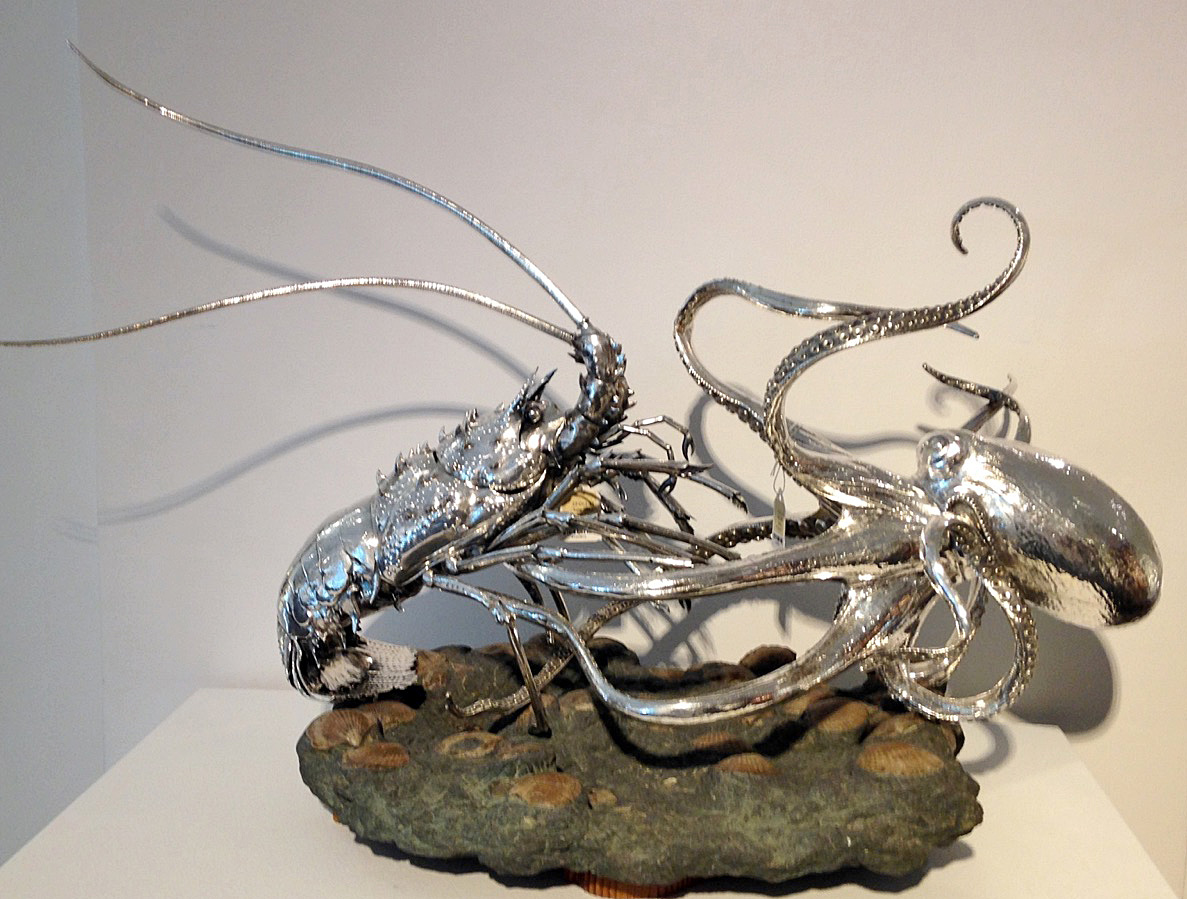Second to gold (and maybe platinum), silver is probably the most popular precious metal and has been coveted by humans for a millennium. Why do we love silver? Because it can be used functionally AND it is super shiny which, let’s be real, all people love. The one drawback – keeping it that way.
First a little history. Interestingly enough, although now silver is easily affordable, this was not always the case. Back a couple hundred of years, silver was comparatively rare. It was only with the discovery and exploitation of silver mines in the Americas that silver became affordable to the middle classes and rose steeply in popularity.
As silver has historically been used for both decorative and functional purposes, in order to strengthen the metal it has been combined with other alloys such as copper, zinc or nickel. Pure silver would be too soft for regular use. Unfortunately, while it can be made more durable, silver is always prone to tarnishing (if you have read our previous blog on tarnishing on gold gilded fine china you may already know what tarnishing is all about).
A hundred years ago the wealthy families who owned silver had, in some cases, a fleet of servants ready to keep all silver polished. Now you’re probably doing this all by yourself. But don't be disheartened there are simple ways to keep it shiny and tarnish free.
Prevention!
Sulfur is your greatest enemy when caring for silver. It is very corrosive and it is sneakily emitted by seemingly innocuous things. Eggs, fruit, some waters, the air, all contain/produce sulfur! In fact the first step to caring for your silver and making less work for yourself is keeping you silver in a cabinet, cupboard or box which closes securely enough to block airflow. Airborne sulfurs are produced by the burning of fossil fuels, and products found in our very homes like carpet padding, foam rubbers, and paints even wood or felt. If silver is exposed gradual tarnishing is inevitable. Handling your silver will also cause it to tarnish, thanks to the oily salts from our skin.
Prevention doesn't just stop there. If you keep your silver in a cabinet made of wood it should be sealed completely with at least two coats of some type of polyurethane. The polyurethane will protect the silver from the acids in the wood.
Flatware is generally stored in chests that are lined with silvercloth. This fabric is imbued with tiny silver particles that absorb sulfurs. Silvercloth can be obtained in various sizes, as bags and linings. Perhaps not a bad investment if you have a lot of silver. Do NOT store your silver in cheap plastic bags (zip-lock bags are actually ok) or cardboard boxes with things like tissue paper. Cheaply made products often release harmful gases and acids.
Cleaning
If you do notice your silver tarnishing the first indication will be a yellowish cast. Silver is much easier to clean in the earlier stages of tarnishing so it is a good idea to take care of it then, before it has a chance to get worse. Once you see that your silver has begun browning, or in the worst cases the black stage (bad), cleaning becomes a little tougher. Clean your silver regularly and it will save you time and effort in the end!
Flatware and other silver that needs to be washed after use should not be put it in the dishwasher. When you wash your silver you should also be careful to use a mild, phosphate free soap. Normal dish soaps can leave brown stains. Rubber gloves are also out, as they emit sulfurs. Don’t leave your silver to air dry, this will cause spotting, use soft fabric like flannel or cotton. Some recommend the use of a cloth with a cleaning agent built in such as Silver Butler cloth.
Cleaning off tarnishing, aka polishing, is done through use of an abrasive. It is important to use an abrasive that is safe to use on silver, brand name polishes will usually do the trick. Many of these will come with a foam sponge or horse hair brush that are delicate enough not to damage the finish. Paper towels and toothbrushes are too rough and can scratch the silver. After applying the silver cleaner gently massage it in with small circles. Basically, be as delicate as possible when cleaning to avoid any extra damage to the surface.
If your silver is really tarnished (the black stage), things can be a little more complicated. Miracle dips may look good on TV but in reality they can degrade the finish and discolor your silver. The Bishop Museum recommends Hagerty Dip or Goddard’s SD but they should be used with great care. If left in the dip for too long the silver can become pitted. If you really value your silver it is probably a good idea to take it to a trustworthy jewelry or silver shop in your area.
Just be careful and diligent and you’ll be slurping out of a shiny silver spoon in no time.







